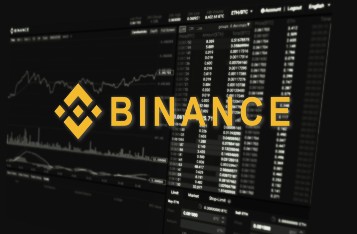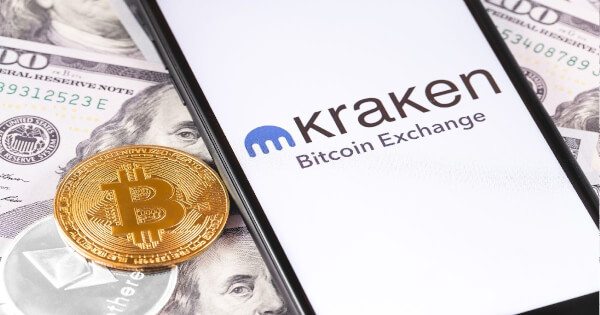The Federal Reserve is raising interest rates at the most aggressive rate in nearly 30 years. With inflation at an all-time high and a looming recession, protecting capital is at the forefront of every investor’s mind.
Cash and government bonds were once safe assets during bear markets, but with inflation running amok and central banks struggling to stabilize bond yield curves, these traditional safe havens are looking shaky.
Options contracts can be a good way to hedge some of your risks, as they give you the right, but not the obligation, to trade an asset in the future at a predetermined price. A call option is the right to buy, and a put option is the right to sell.
There are two styles of options contracts. A trader using American-style options can exercise his or her contract at any point during the lifetime of the contract, whereas European-style options can only be executed only at the expiry date.
If it is not profitable to exercise your put or call option at the date of expiry, you can let it expire and take no action. In this scenario, your cost is limited to the amount of money you paid for the options contract when you bought it.
Multiple trading strategies use options contracts. But in this article, I’d like to share some approachable strategies that allow a certain amount of protection without needing to sell your assets.
Let’s take Bitcoin as the underlying asset. If you buy a put option at a strike price equal to or higher than the current price, it gains value as Bitcoin moves lower.
So, if your Bitcoin is in the red, your options contract will be green. And, if the market trends higher, nullifying your option, then Bitcoin will have appreciated covering some of the cost of the contract.
This strategy is best suited to traders who hold Bitcoin as long-term investments and do not wish to sell. This allows them to avoid a worst-case scenario: cascading liquidations that drag Bitcoin down dramatically. Buying a put is like buying insurance for downside risk.
So, if you suspect a further leg down is on the horizon, you can buy a put option as a type of insurance that pays out should the market move lower. Timing is crucial, especially during a bear market.
For example, if you believe the market will trend lower very quickly in the following days, buying a put may well be worth the initial investment, but if the market moves down slowly. You may not be able to recover the premium you paid to buy the put option. The same principle applies to call options as well.
Another popular use of options contracts is selling call options while holding the underlying asset. You can be paid immediately by selling a call option to another party, giving them the right to buy your Bitcoin should the price increase to or beyond a certain amount.
For example, if you sell a call option agreeing to sell 1 BTC at $30,000, you collect the price of that contract — the premium — right away, which acts as a hedge against the downside. Your only risk would be missing out on any gains beyond the strike price, which would be owned by the buyer of the option.
If Bitcoin doesn’t hit the strike price, then the option expires, and you keep the premium. The main risk with this strategy is that the underlying price of Bitcoin falls in the interim.
The bear market affecting crypto and other capital markets is a time to protect capital, so when the good times return, there will be plenty of opportunities to reallocate. Bitcoin price could whipsaw traders in troubled times. By using the options hedge, you can create a more robust portfolio while still HODLing your Bitcoin stack.
Image source: Shutterstock
Credit: Source link






















